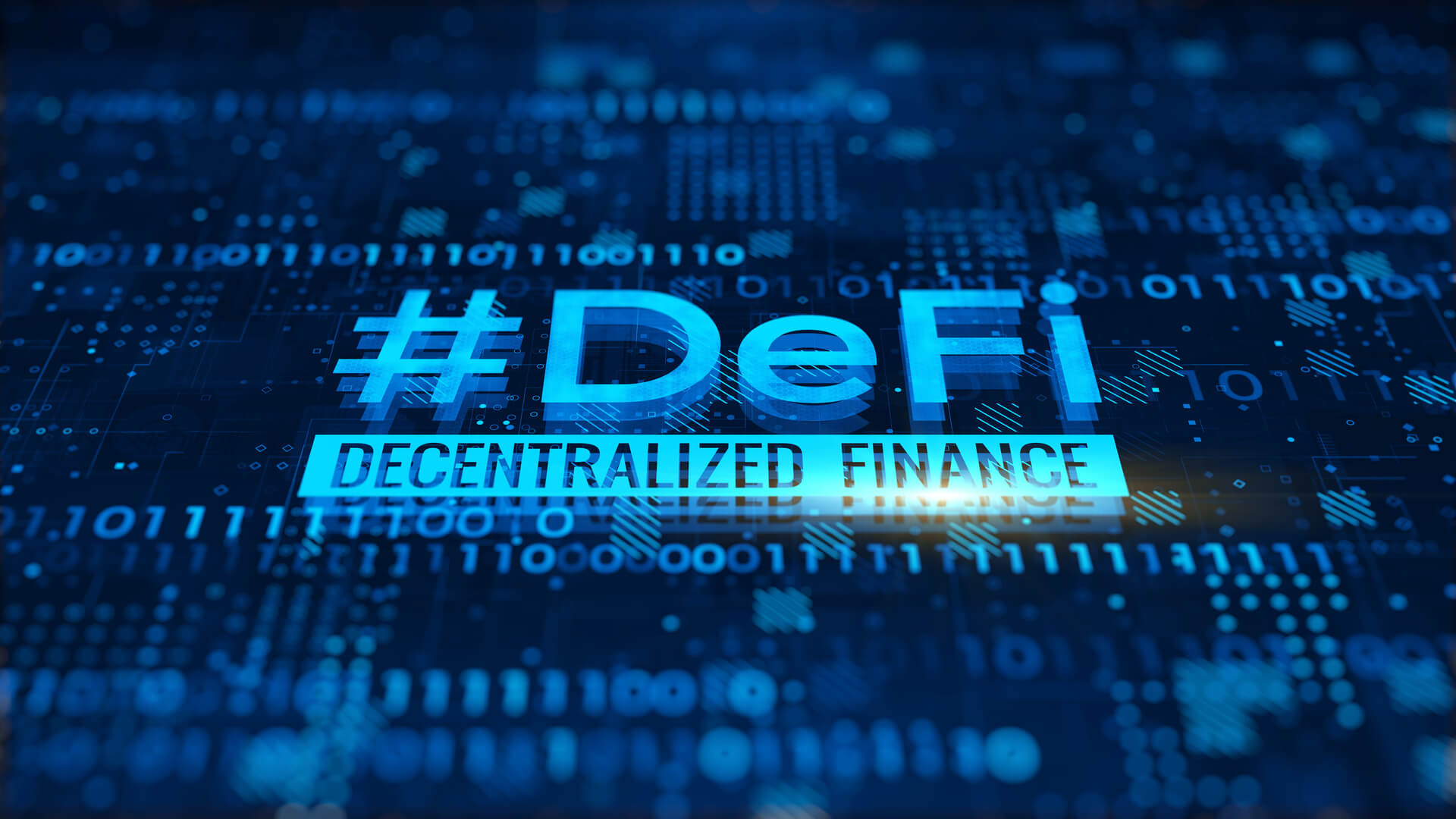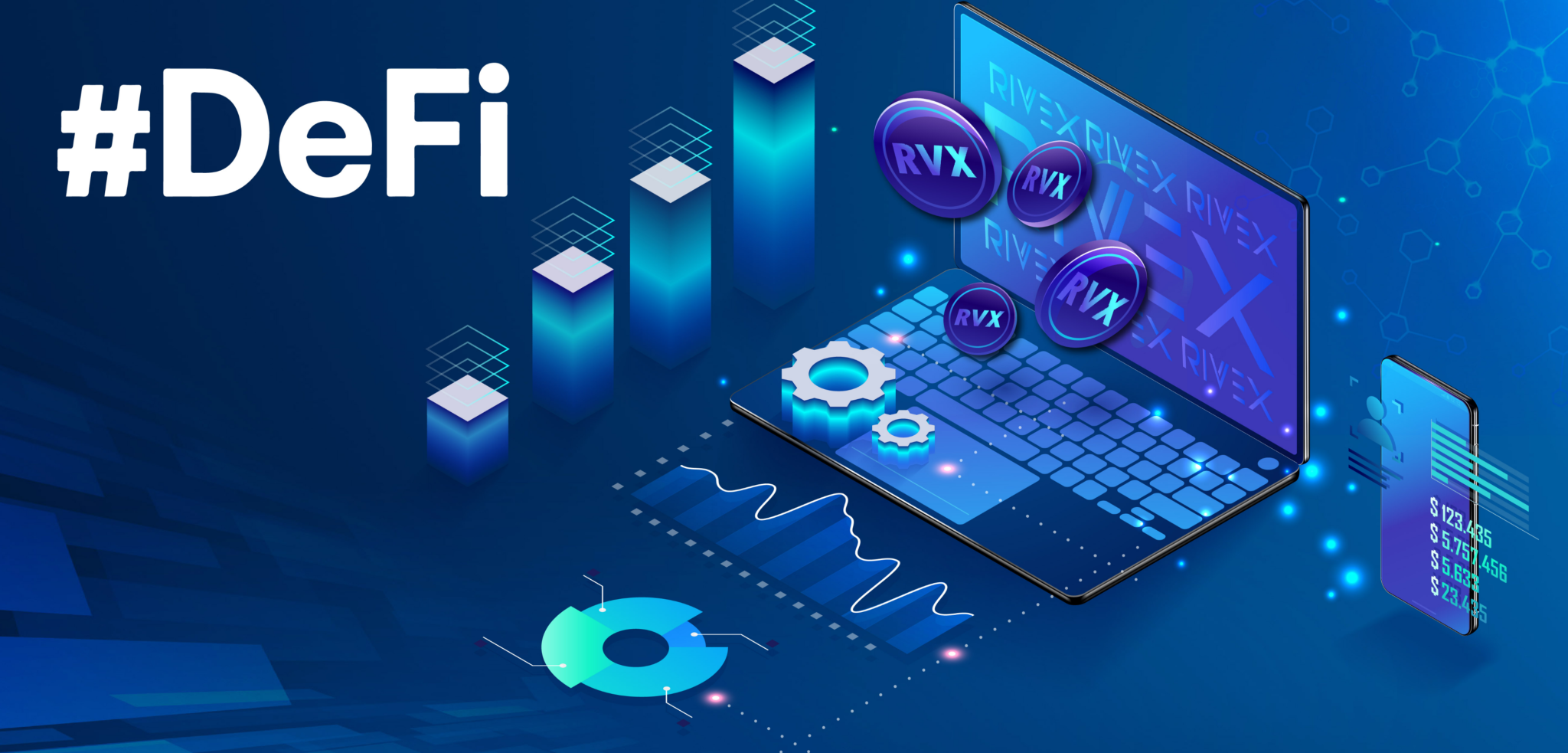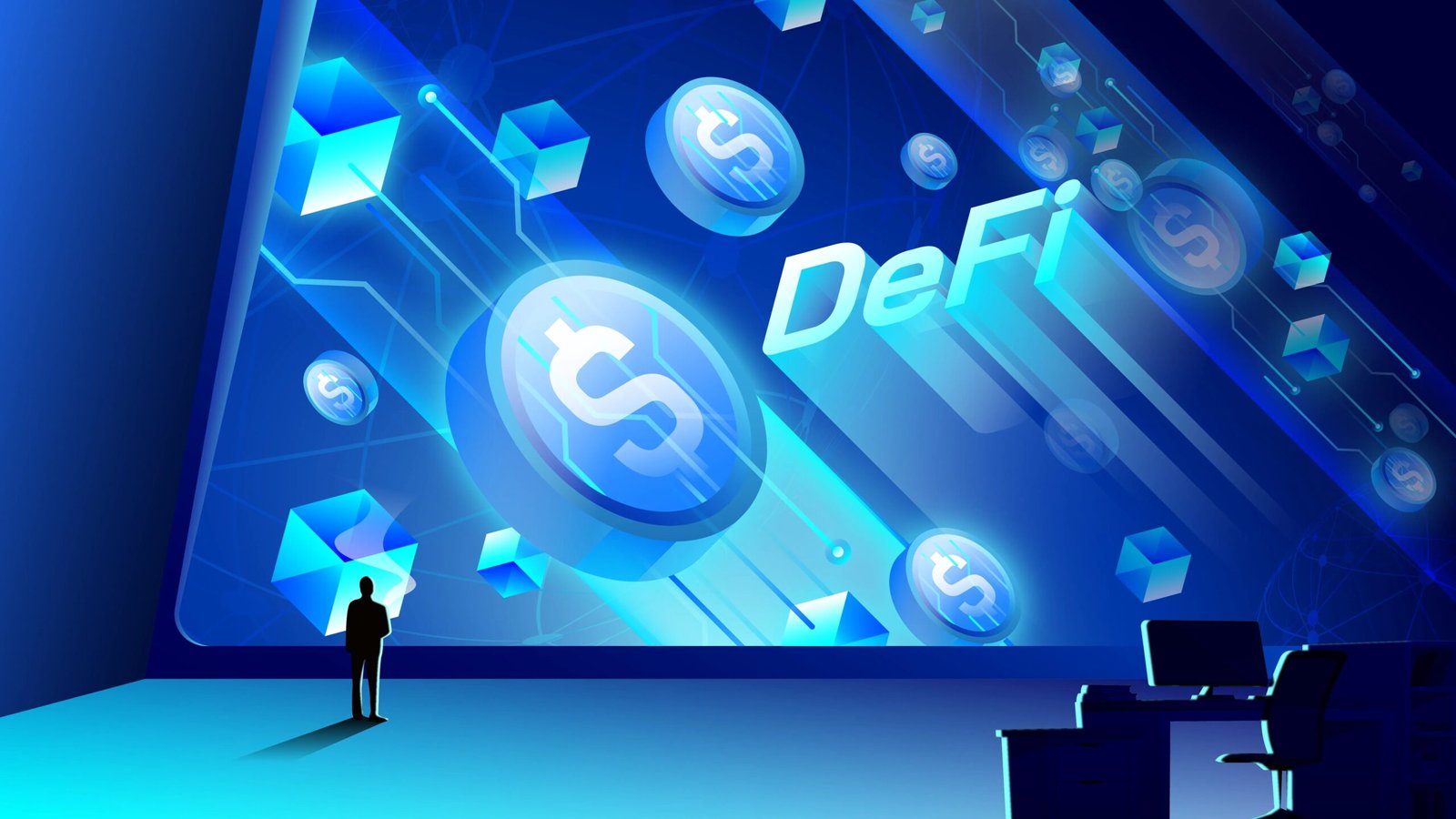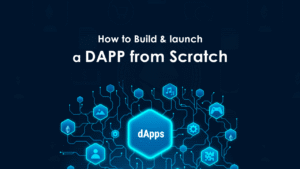Decentralized Finance, or DeFi, is revolutionizing the financial world by offering open, permissionless alternatives to traditional banking services. Built on blockchain networks like Ethereum, DeFi protocols use smart contracts to enable lending, borrowing, trading, and more without intermediaries. This beginner-friendly guide explains how DeFi protocols work, their key components, and why they’re gaining popularity, all in simple terms for newcomers.
What Is DeFi?
DeFi refers to a set of financial applications and services that operate on decentralized blockchain networks. Unlike traditional finance, which relies on banks or brokers, DeFi protocols are open to anyone with an internet connection and a crypto wallet. They use code to automate financial processes, making them transparent, secure, and accessible.
For example, with DeFi, you can lend your cryptocurrency to earn interest or trade assets on a decentralized exchange without a middleman.

The Role of Smart Contracts in DeFi
At the heart of every DeFi protocol are smart contracts—self-executing programs that run on a blockchain. Smart contracts define the rules of a DeFi application, such as how much interest a lender earns or how trades are executed. Once deployed, they operate automatically and cannot be altered, ensuring trust and transparency.
For instance, a lending protocol’s smart contract might automatically match borrowers with lenders and distribute interest payments based on predefined terms.

Key Components of DeFi Protocols
DeFi protocols are built from several core components that work together to deliver financial services. Let’s break them down:
1. Blockchain
Most DeFi protocols run on Ethereum, a decentralized blockchain that supports smart contracts. Ethereum ensures that DeFi transactions are secure, transparent, and recorded on a public ledger. Other blockchains, like Binance Smart Chain or Solana, also host DeFi protocols, but Ethereum remains the most popular.
2. Smart Contracts
As mentioned, smart contracts are the backbone of DeFi, automating tasks like lending, borrowing, or swapping tokens. They’re written in languages like Solidity and audited to ensure security.
3. Decentralized Applications (dApps)
dApps are user-friendly interfaces that let you interact with DeFi protocols. For example, a dApp like Uniswap allows you to swap tokens, while Aave lets you lend or borrow crypto. These apps connect to smart contracts via your crypto wallet, such as MetaMask.

4. Tokens
DeFi protocols often use tokens to represent assets or governance rights. For example, users might deposit Ethereum into a protocol and receive a token representing their stake, which can earn interest or be traded.
How DeFi Protocols Operate
DeFi protocols function by combining smart contracts, blockchain, and user participation. Here’s a simplified look at how they work:
- User Interaction: You connect to a DeFi protocol using a dApp and a crypto wallet like MetaMask.
- Smart Contract Execution: The protocol’s smart contracts process your actions, such as depositing funds or requesting a loan, based on coded rules.
- Blockchain Validation: The blockchain records and verifies the transaction, ensuring it’s secure and transparent.
- Outcome: The protocol completes the action, such as paying interest or executing a trade, and updates your wallet balance.
This process happens without banks or brokers, making DeFi fast and accessible.
Popular Types of DeFi Protocols
DeFi covers a wide range of financial services. Here are some of the most common types:
Decentralized Exchanges (DEXs)
DEXs like Uniswap and SushiSwap let users trade cryptocurrencies directly with each other. They use automated market makers (AMMs), which rely on liquidity pools—funds provided by users—to facilitate trades.

Lending and Borrowing Platforms
Protocols like Aave and Compound allow users to lend crypto to earn interest or borrow against their crypto holdings. Smart contracts manage the terms, and users provide collateral to secure loans.
Yield Farming and Staking
Yield farming involves depositing crypto into protocols to earn rewards, often in the form of tokens. Staking locks up tokens to support a blockchain’s security while earning returns. Platforms like Curve and Yearn Finance specialize in these opportunities.
Benefits of DeFi Protocols
DeFi protocols offer several advantages over traditional finance:
- Accessibility: Anyone with a wallet and internet can use DeFi, no bank account needed.
- Transparency: All transactions are recorded on the blockchain, visible to everyone.
- Control: You manage your own funds without relying on a third party.
- Innovation: DeFi enables new financial products, like instant loans or tokenized assets.
Risks to Understand
While DeFi is exciting, it comes with risks that beginners should know:
- Smart Contract Bugs: Errors in code can lead to hacks or fund losses.
- Volatility: Crypto prices can fluctuate wildly, affecting your investments.
- Impermanent Loss: Providing liquidity to DEXs can result in losses if token prices change.
- Scams: Always research protocols, as some may be fraudulent.

To stay safe, use well-known protocols, check for audits, and only invest what you can afford to lose.
How to Get Started with DeFi
Ready to explore DeFi? Follow these steps:
- Set Up a Wallet: Install MetaMask (metamask.io) and fund it with Ethereum or stablecoins like USDC.
- Choose a Protocol: Start with user-friendly platforms like Uniswap or Aave.
- Connect and Transact: Use the protocol’s dApp to swap tokens, lend, or stake.
- Learn More: Explore resources like DeFi Pulse or Ethereum’s DeFi page.
Conclusion
DeFi protocols are reshaping finance by offering decentralized, transparent, and accessible alternatives to traditional systems. Powered by smart contracts and blockchains like Ethereum, they enable anyone to lend, trade, or earn rewards without intermediaries. While DeFi has risks, its potential for innovation makes it an exciting space for beginners to explore. Start small, stay informed, and dive into the world of decentralized finance!






















